The Victorians
A popular unit of study in Key Stage 2 has in the past been the Victorians. It is possible to continue to study the Victorians through either a local study or through a unit of study beyond 1066, although the emphasis now shifts to the Victorians representing a turning point. Given that so much reform and industrial change took place during this period, turning points are not difficult to find. In this section, you will find articles and resources to help you to plan to teach the Victorian period as a turning point.
Sort by:
Date (Newest first) | Title A-Z
Show:
All |
Articles |
Podcasts |
Multipage Articles
-

She sells seashells by the seashore: teaching Mary Anning at Key Stage 1
ArticleClick to view -

Battersea: here for every dog and cat – 165 years and still going strong
ArticleClick to view -
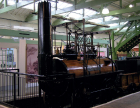
The Stockton and Darlington Railway (S&DR)
ArticleClick to view -

Using children’s illustrators as a focus for learning about ‘Past and Present’ in EYFS
ArticleClick to view -

How much has the weather mattered in British history?
ArticleClick to view -
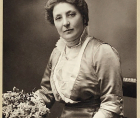
Earth heroes: Etta Lemon, ‘The Mother of Birds’
ArticleClick to view -

Going to school: a post-1066 thematic study
ArticleClick to view -

My favourite place: Lyme Regis, Dorset
ArticleClick to view -

Scheme of work: Significant historical events, people and places in their own locality
ArticleClick to view -

Teaching the British Empire in primary history
ArticleClick to view -

The Great Exhibition of 1851: teaching a significant event at Key Stage 1
ArticleClick to view -
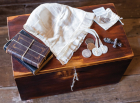
Female migration to Australia
ArticleClick to view -

Sporting legacy: the history of endeavour
ArticleClick to view -
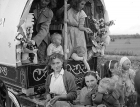
Teaching Gypsy, Roma and Traveller history
ArticleClick to view -

How to make a toy museum
ArticleClick to view -

Arthur Wharton: the world’s first professional black footballer
ArticleClick to view -
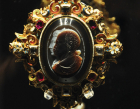
Exploring empire, artefacts and local history
ArticleClick to view -

One of my favourite history places: the West Riding Pauper Lunatic Asylum
ArticleClick to view -

Census 2021: using the census in the history classroom
ArticleClick to view -

All the fun of the fair! Key Stage 1 – Beyond living memory
ArticleClick to view

